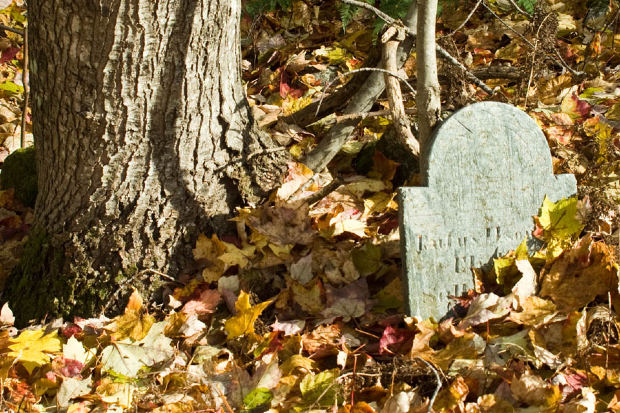
Article – Love amidst the tombs
Photo credit: earl53 from morguefile.com
Man is born free, but every where he is in chains, and these chains of responsibility and relationships can only be broken once we are out of this cycle of life, when the death embraces us in its unbreakable wings and hence forth we ‘Rest in Peace’.
But this is not the case any more in case of the ‘tombs’ I visited recently in Delhi, be it Humayun’s tomb or tombs at Safdarjung. The Mughal monarchs who once ruled here are now lying quietly in their graves, which are enclosed in beautiful structures, better known as historical monuments, but off recently these tombs have become the love-nests and hide-out places of the love-birds. Families also do visit here, but not to admire or appreciate the beauty and architecture of the place but for get-together and picnics.
While I was pondering over the sanctity of the place for not being maintained, the graves of the royal kings and their kith and kins lie silently, there was an unusual calm inside these majestic tombs, were they being disturbed by these love birds or rather enjoyed the whole thing about the blossoming love and acted as a haven for the love-lorn people.
“Heavy is the head which wears the crown” – This phrase by Shakespeare truly depicts the state of kings and rulers , who once governed our country, but now they lie in their graves, but are they at peace !!!
When they were alive, the crown of responsibilities did not let them sleep and now after their death they are still serving the people. As these tombs provide cheap, cool and private hide-outs to the lovers.
The love-birds can be seen cuddling, kissing , hugging each-other and taking selfies with the tombs in the background. It provides them with abundant space and no moral policing, these tombs are generously sprinkled with trees, flowers, gardens and tracks to walk on, serving from prince to paupers.
The love birds here feel free like the’ Pair of swans’ and no one like hawks keep an eye on them. It is a place where “Star-crossed lovers” meet away from the prying eyes, hoping for their love to be successful, even if means meeting under the tombs for them. Here tombs not only are the ‘ resting place’ for the ‘mighty’ but also as a ‘meeting place’ for the loving.
For them ” A life without love is like a sunless garden when the flowers are dead” -Oscar Wilde. So they make love amongst the dead. These lovers are immune to the worldly senses, they are least interested in anything happening around them, their sensibilities do not get invigorated by the sight of the tomb-monuments. Rather others should make way for their privacy, by ignoring them and moving ahead. For these love-birds ;”There is no remedy for love but to love more” as said by Thoreau, so they make most of it in presence of these tombs, behind the pillars , under the shade, in each-others arms. They believe in the phrase “Come live with me and be my love”, by Christopher Marlowe, to an extent that their private acts in public places make them Exhibitionists.
These tombs built by Sayyids and Lodhis, who once ruled the Delhi Sultanate, now act as dramatic centre-pieces in the Garden of love. These gloomy chambers with known and unknown graves are now buzzing with lovers who scribble and over-write on the walls of these morbid tombs. The tranquil and serene setting of the tombs also witnesses the glorious past and colorful lives of the rulers of the past. These tombs act as a paradox now, where death and life meets in peace.
“The earth that’s nature’s mother is her tomb. what is her burying grave, that is Rainbow in her womb.” , these lines from “Romeo and Juliet” by Shakespeare present the earth with contradictory ideas, as it acts as a birthplace as well as a graveyard, and similar to the tombs.
It is ironical that graves act as meeting point for the lovers.
Andrew Marvell in his metaphysical poem ” To his Coy Mistress” depicts one sided love where the persuader addresses the woman , who has been slow to respond to his advances as :”And into ashes all my lust: The grave’s fine and private place, But none, I think , do there embrace.” which implies that he would keep wooing her even if it is a graveyard as it will provide them with privacy.
Hence forth I conclude with a phrase “A thing of beauty is joy forever” from the poem ‘ Endymion’ by John Keats, which means beautiful things give unending pleasure .And to add on to this, our lovers have even found solace in love, amidst the beautiful structures, the tombs.
#-#-#-
